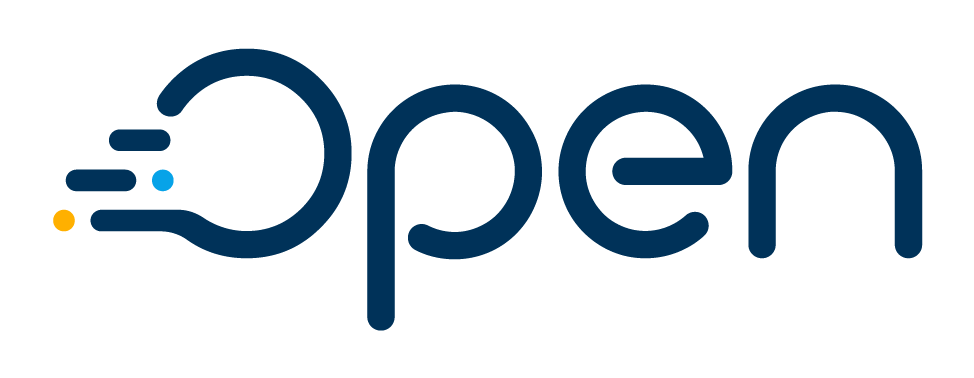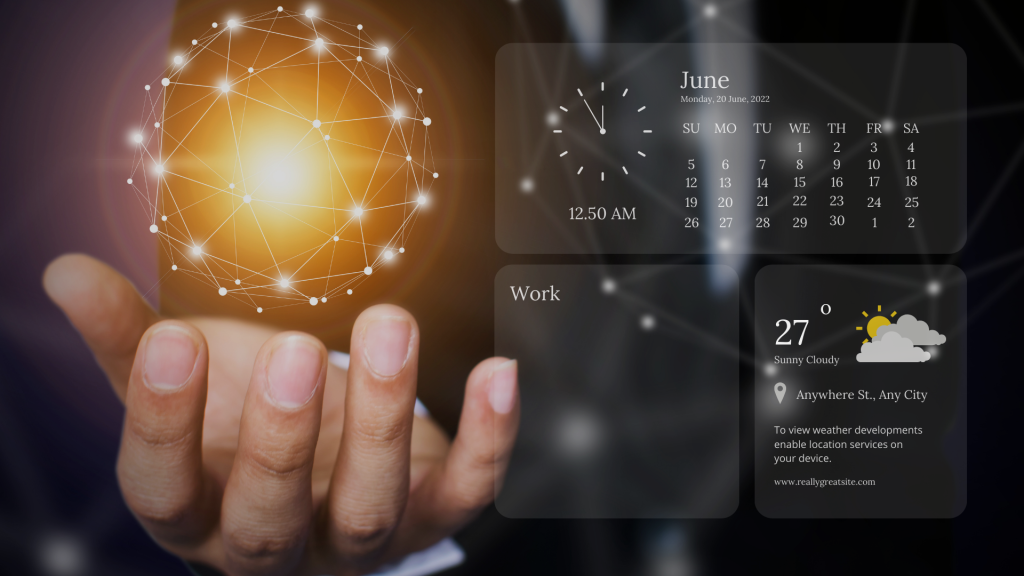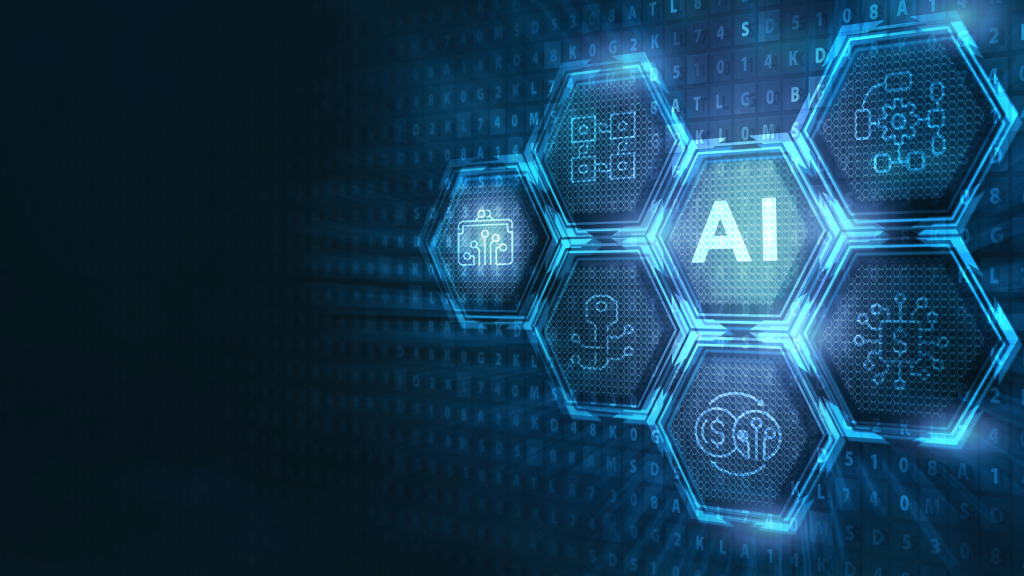The change in customer habits and the explosion of new technologies have forced utilities to evolve to new business models to be more competitive in the industry. According to major consulting firms, the systems that companies must adopt should be flexible and include innovative functionalities to enable the development of these new models. Modern CIS solutions such as, Smartflex, are guiding utilities to become leaders in the industry.
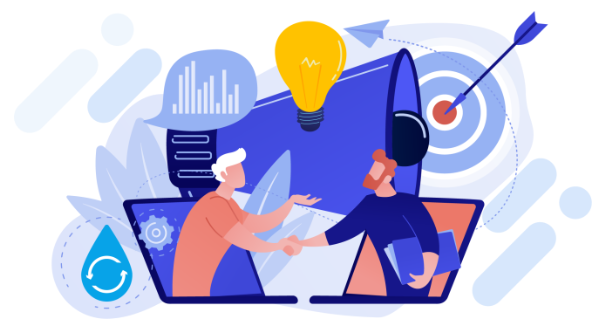
The vision of large industry consulting firms
According to a study done by the consulting firm TMG, 49% of utility providers are looking for a modern, flexible solution that effectively adapts to their needs and enables them to respond quickly to industry changes. Market-leading solutions need configurable workflows to support new products and services while contributing to the productivity of all areas of the business. In the same study, TMG mentions that 60% of utilities want solutions with the ability to be constantly updated to expand and improve current capabilities, preparing the solution for future changes to provide better customer service, always taking into account the needs of the market. Additionally, 54% of these companies are looking for better integration between customer operating systems such as their CIS, MDM, MWM, and self-management portal [1]. Based on these needs, utilities need a solution that is designed to enable the simplicity of the enterprise application architecture and therefore permit the increase of flexibility and efficiency throughout the business, guaranteeing the sustainability of the operation and aiming at an improvement in customer satisfaction.
For Accenture, a multinational strategic consulting and technology services company, the new business models of the future are related to offerings focused on helping customers achieve sustainable, manageable, and efficient energy [2]. Consequently, the key to responding to market changes is flexible solutions that allow energy providers to take advantage of the incorporation of new technologies and their benefits, such as the interconnection of smart devices (meters, thermostats), residential and commercial energy management systems along with their data, and the creation of different business models to enhance customer satisfaction.
Mckinsey, on the other hand, affirms that since the COVID-19 pandemic, customer expectations around digital interactions with utilities have continued to accelerate. Thus, for utility leaders to achieve excellent customer experiences and reduce costs, they must rely on a digital transformation around self-service and digital channels [3]. Digital innovation is vital for utilities because it will enable them to improve process efficiency and address unprecedented changes, such as increased competition and industry complexity.
According to these consulting firms, to be competitive and stand out in the market, a utility company must have solutions and tools that allow it to achieve the necessary flexibility to respond in a suitable way to market changes and new customer needs.
The type of solution that service providers should be looking for is a flexible, modern CIS with structured business rules, along with MDM functionalities, work management, and customer management capabilities that allow utilities to expand their functional scope to respond quickly to market changes. The solution must have the capabilities to allow for the design of new applications and modifications to existing functionalities through user-friendly interfaces. These customized applications must interact seamlessly with multiple business areas, providing operational and commercial company data to ensure that users have all the information they need. Ultimately, the system must have advanced tools which adapt to any business. These tools also help companies design and implement new strategies autonomously. This way, the business logic is not distributed in two heterogeneous systems, and instead is on a single system that becomes a unique source of truth regarding the settlement of consumption, billing, and customer portfolios.
Open International's success stories
To empower utilities to offer innovative programs, Open International developed Smartflex, a powerful CIS integrated with a variety of MDM, MWM, and DCX functionalities. Throughout its trajectory in the market, the solution has stood out for its flexibility and agility, offering its customers configurable workflow tools, frameworks, and a robust rules engine. These are just a few of the key elements Open provides to utilities so that they can successfully meet and exceed customer expectations.
Efigas, a leading gas distribution company in Colombia serving about 880,000 customers in 3 departments, has created a new line of business with the help of Open International. Thanks to Smartflex and its flexible system, Efigas modeled the workflows and requirements needed to drive the business line called Brilla. This new business focuses on financing different products and services such as home appliances, home insurance services, and construction materials. Today, Brilla represents 17% of Efigas’ revenue. This is a clear example of how, service providers can use Smartflex to help them adjust their business models and increase their profitability and competitiveness in the market.
Another Open client, Chilquinta, an energy company in Chile with around 600,000 customers, entered the green and renewable energy space with the help of Smartflex. The company successfully model and deliver services from distributed energy resources and offer them to customers using digital channels, doubling their customer base in just one year. This was achieved by relying on the solution that allowed them to develop any type of service business, including the support of new tariff schemes for the billing of these new services and products.
By investing in flexible and modern systems, utilities can react quickly to market changes by creating new lines of business and responding to disruptive events. Smartflex, together with its large range of functionalities, is the appropriate solution for utilities that need to offer new products and services in a short period of time in order to meet the expectations of their customers and thus increase competitiveness in the public services market.
(1) TMG consulting, Analyst Call – Hosted by TMG Consulting, January 2019.
(2) Accenture, New energy consumer – Embracing connected energy business models for future growth, 2021
(3) Mckinsey & company, Digital transformation in energy: Achieving escape velocity, September 2020.
